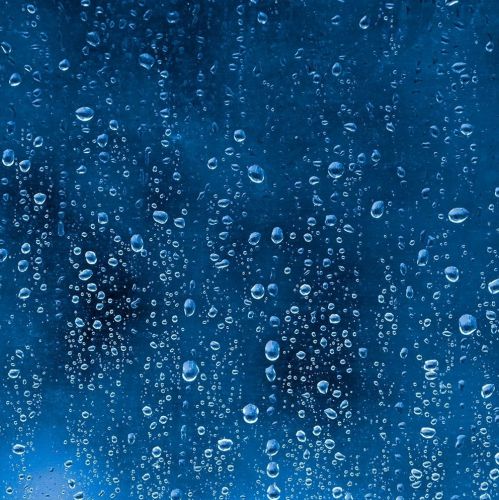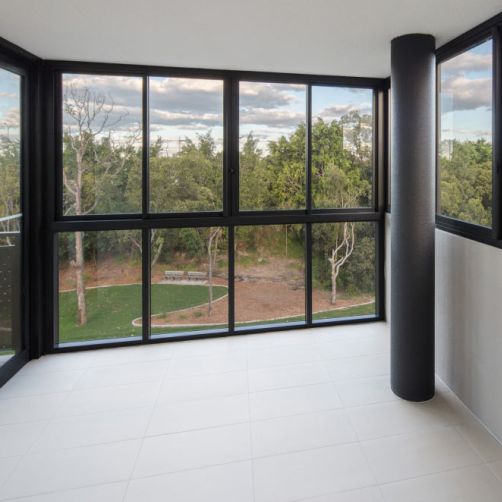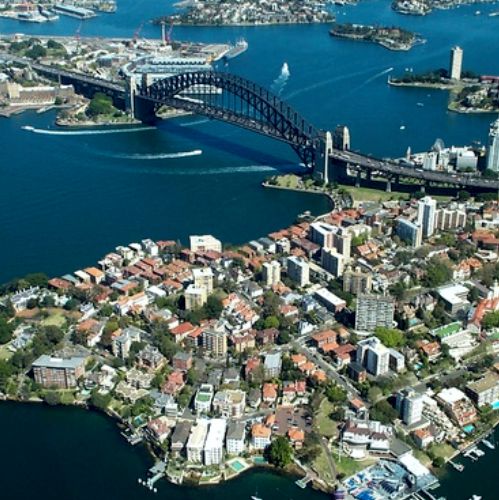
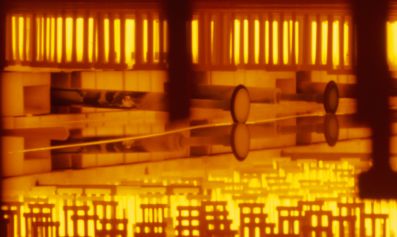
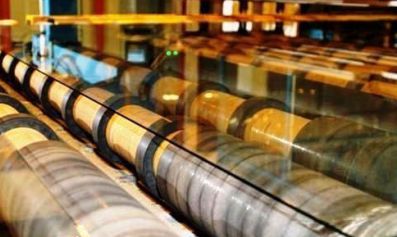
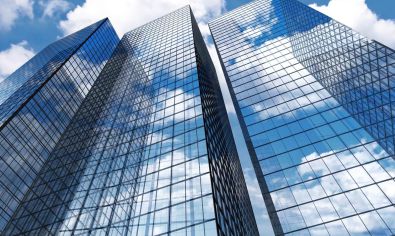
Float Glass
Common in most houses, this is a cut from a sheet of glass manufactured by floating molten glass on a liquid bed, commonly the glass is floated over a bed of molten tin. This method gives the sheet uniform thickness and very flat surfaces with low chance of imperfection
Float Glass is available in various thicknesses and tints and is able to be cut to size on site.
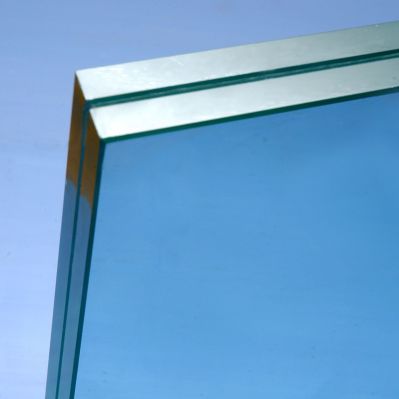


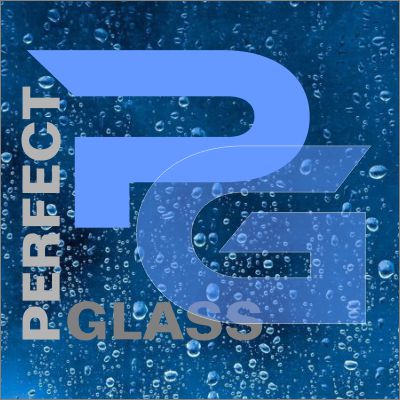
Laminated Safety Glass
Laminated Safety Glass is manufactured from 2 or more sheets of float glass laminated together with Poly Vinyl Butyral (PVB) or resin and is used in situations that require “A” Grade safety glass such as glass replacement in sliding doors. The PVB keeps the glass bonded together even when broken, its high strength minimises the risk of breaking into large sharp pieces.
Laminated Glass is available in various thicknesses and tints and is able to be cut to size on site. Special types of Laminated Glass - Virtually all types of glass can be laminated, by laminating glass some unique advantages can be acheived, some examples are:- .
* Sound insulating Laminated Glass - this glass reduces noise by having a special acoustic PVB compound .
* Security Laminated Glass - This is manufactured with thicker specialised laminates making it difficult to penetrate offering physical attack resistance . Also available manufactured to ballistic and blast resistant ratings. .
* Toughened Laminated Glass - This is the optimum in safety glass by combining the strength of 2 or more pieces of toughened safety glass laminated




Toughened Safety Glass
Toughened Safety Glass is produced by putting ordinary float or patterned glass through a specialised toughening furnace which heats and rapid cools the glass, leaving the glass in a compressed state. As the glass is under tension once the surface is penetrated it breaks into relatively harmless small pieces. Toughened Safety Glass is generally 4-5 times stronger than float glass, but is not able to be cut once toughened.
Toughened Glass is available in various thicknesses, patterns and tints but must be toughened to the correct size, therefore lead times do apply.
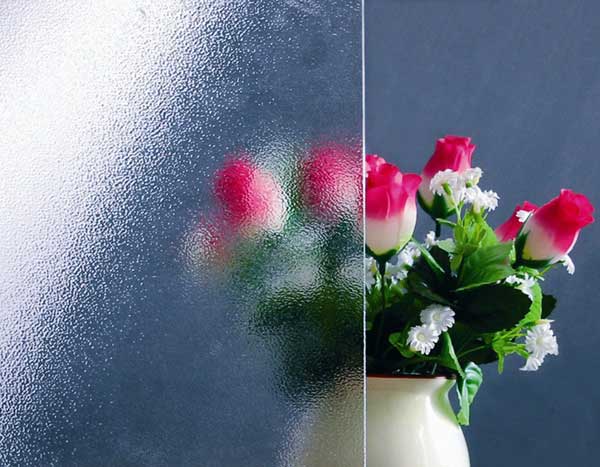
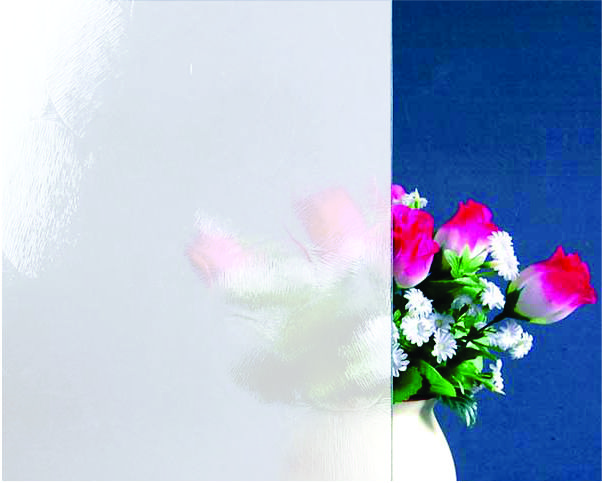
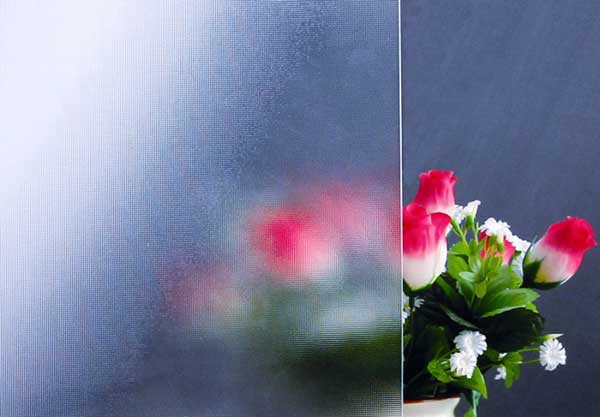
Obscure and Decorative Glass
Obscure Glass is manufactured by two common methods, either by extruding the glass through
pattern rollers which creates a textured finish to the surface of the glass or by using a coloured
laminate. The most commonly used obscure glass today is White Translucent which is usually
chosen as it compliments most home designs, adds great privacy, allows substanial light to pass
through and is an“A” grade safety glass which meets the Australian Standards for use in Wet areas
and doors, sidelites and stairwells. .
Laminated White Translucent Glass is available in various thicknesses and is able to be cut to
size on site. Toughened Obscure glass is available in a range of patterns, but needs to be
toughened to size, creating a longer lead time as it needs to be toughened to the correct size.
Decorative glass has both a long history and exciting future.
The use of stained glass is thought to date back almost 1000 years and the production methods of stained glass and lead lighting has changed little over time. .
In stark contrast, the increasing popularity of glass as a decorative medium has fuelled new product innovation and has led to a range of specialist manufacturers producing such products such as switchable glass which changes from clear to opaque by using an LCD interlayer and electric current, and ‘Digiglass’ where digital images within interlayer’s can produce almost any desired finish. These are special order products. .
Other examples of specialty decorative glass products are ‘Colour backed glass’ used widely in kitchen splash backs and cladding and ‘Slumped or Formed glass’ where annealed glass is slumped to a custom design in a kiln.
